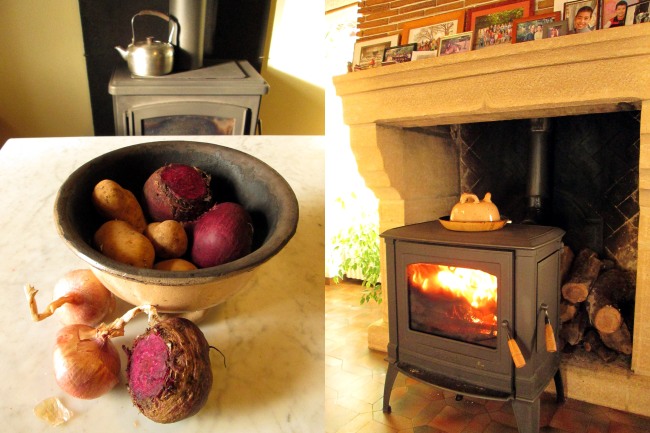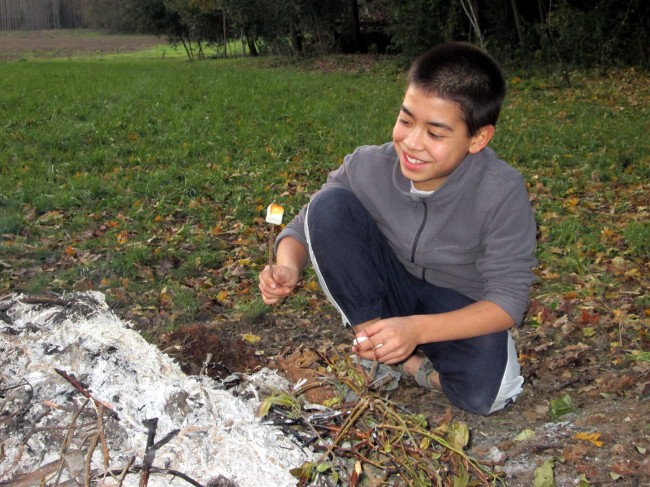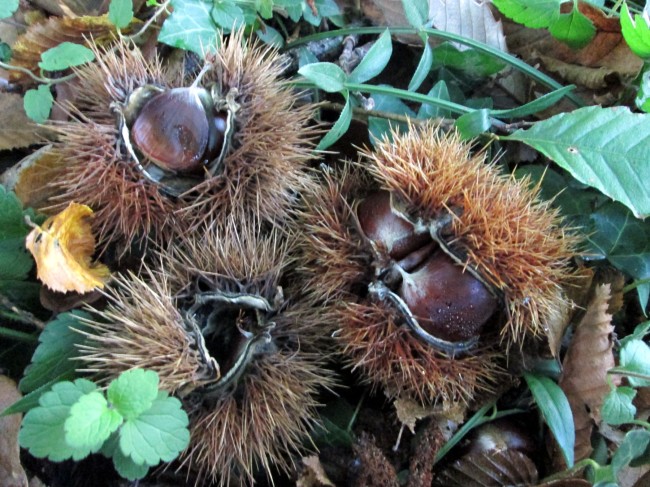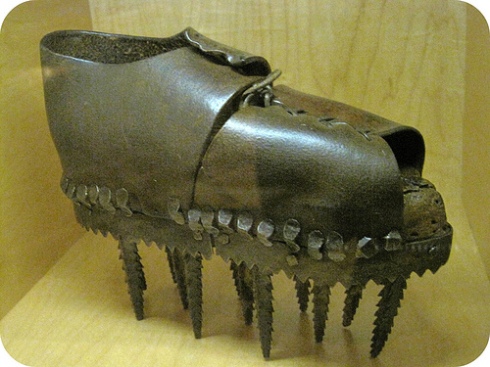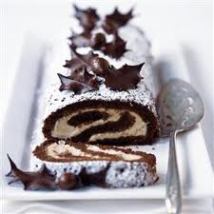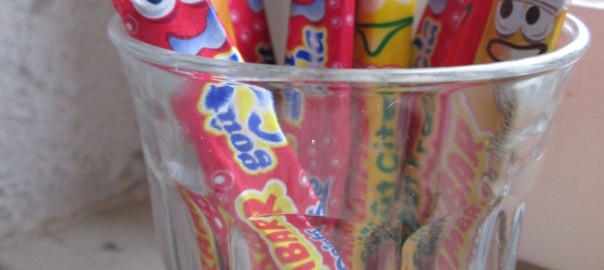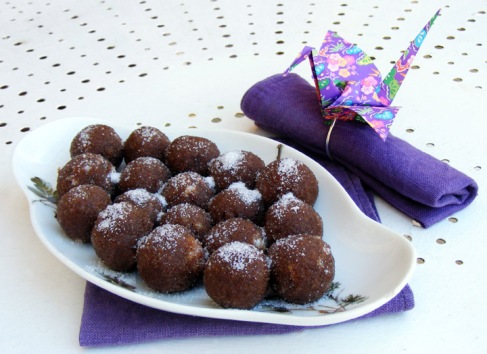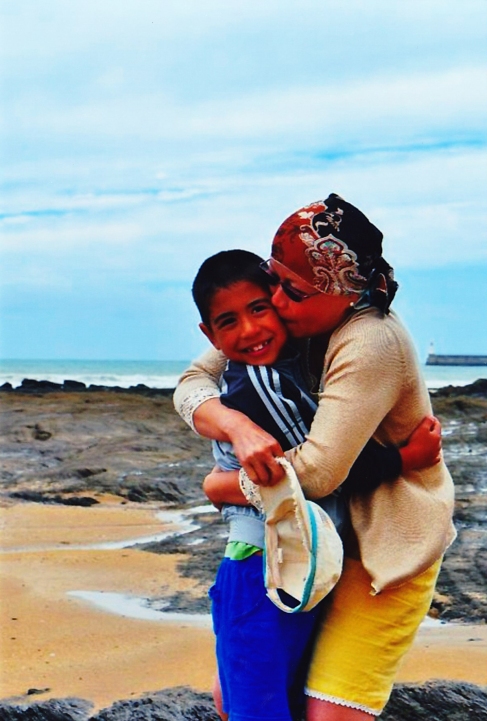Here’s something for Hwee Hwee’s long-lost friends who have found her through my blog. It makes me feel not so bad about being such a slob and not posting anything for the last few months.
Over on sunny Singapore, all we have to watch for is the super dry season which has thankfully just ended, and the Monsoons, so it’s hard to imagine changing seasons. I have still not figured out how to get basil and mint to survive, and the pests have ravaged my limau perut (kaffir lime) plant yet again. How nice to think of Hwee Hwee gazing at a poplar forest and at majestic eagles flying wild and free.
In late winter, I see vineyards dotted with small faraway figures – workers trimming the vines, cutting back the long shoots of the previous year to allow new shoots to grow and bud. Long ago, when visiting another part of France, I have observed farmers pushing along a wheelbarrow in which they burn the vines as they are cut. The lonely figures and wisps of smoke arising from the neat row of vines make a melancholic landscape. I think burning the cut vines might be the way done for vines grown on land where it is too steep for tractors to pass and where grape is harvested by hand.
In the vineyard beside our house, it is usually the old farmer Mons Grialou who does the cutting, single-handedly and at his own steady pace. After the branches are cut, the wife and daughter, and sometimes neighbours and friends, depending on who are available, arrive to pull the cut branches from their supporting wires and leave them between the rows of vine plants. Then Mons Grialou comes again with a tractor to grind the cut branches into compost for the vineyard. An easier and greener way of disposing of the cut branches than burning, I think.
Since we use woodstoves for heating in winter, we always ask the Grialous to leave us a row or two of cut vines. Once dried, they make excellent starter-sticks for the next winter’s stoves. Many people also use them for barbecue fires – they are supposed to impart a special flavour to the grilled food.
I have lived in the midst of the vineyards for so long now that I sometimes take them for granted – I hardly make a special effort to go for walks in the vineyards – something I would have found so romantic to do 10 years ago. But what I love is the job of picking vine sticks. It is one job that I never grumble about. On bright, sunny winter afternoons, I would dress myself warmly and trudge down towards the vines armed with a pair of strong pruning shears. I work slowly down the row, cutting off the crooked awkward parts of the pulled-out vines. The peacefulness of the vineyard never fails to amaze me. Sometimes I pause and shade my eyes to look at the poplar forest in the distance; sometimes I admire how the evening light changes the colours of the hills around. Often I hear cries of eagles and when I look up – there they would be, circling above me.
When all the awkward corners are trimmed, it is time to gather the sticks. In this, my boys like to help. We gather them and lay them straight then their father comes and ties each bunch up tightly. He has this habit of saying – put your finger on the knot and don’t move, whatever happens! After the nineteenth time, the boys roll their eyes and sigh with exasperation. Depending on how much we have gathered, we either truck the bunches back with wheelbarrows or the father will bring out his old-fashioned sputtering farm trailer. The latter is always more fun because the boys get to ride in it. Finally, the vine sticks are cut into good lengths that will fit properly into the woodstoves, and stored in the woodshed for winter. The sight of cut wood and vine sticks gives me a great sense of fulfilment – like I have made proper provision for something important.
You might say – so much work just to get some starter sticks. Yes, you are right, but all this is the natural progression of things. Winter is for pruning, turning and preparing the soil of the vegetable patch, repairing things around the house; spring is for sowing, weeding and tending the new plants; summer is for harvesting; autumn for raking fallen leaves and storing the harvest properly to last through winter. Each season brings its own activity – you cannot push or rush it, and I have to learnt not to grouse or grumble against it. What you can do is to make full use of each season and most importantly, to enjoy each fully.
There is a time for everything,
and a season for every activity under heaven:
a time to be born and a time to die,
a time to plant and a time to uproot,
a time to kill and a time to heal,
a time to tear down and a time to build,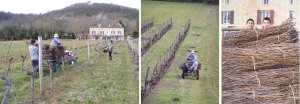
a time to weep and a time to laugh,
a time to mourn and a time to dance,
a time to scatter stones and a time to gather them,
a time to embrace and a time to refrain,
a time to search and a time to give up,
a time to keep and a time to throw away,
a time to tear and a time to mend,
a time to be silent and a time to speak,
a time to love and a time to hate,
a time for war and a time for peace.








